
How to Care for a Baby 13-Lined Ground Squirrel. The 13-lined ground squirrel is a small rodent commonly seen throughout North America. Its small stature and generally docile nature make it an attractive pet, although it requires more care than other types of rodents. 13-lined ground squirrels mate in early spring and produce litters of approximately eight pups. Proper handling and care is necessary to help your 13-lined ground squirrel pup thrive and transform into a healthy, well-adjusted adult.
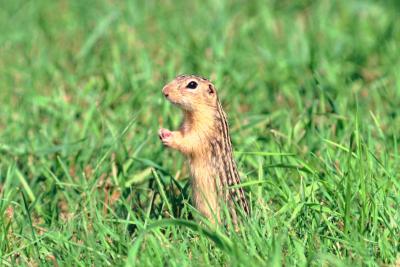
Contact your local department of wildlife to make sure owning a 13-lined ground squirrel is not illegal in your area. They are considered an exotic pet, and owning exotic animals is illegal in many locations. If you’re not allowed to keep the squirrel, ask the wildlife agent for information on the nearest wildlife rehabilitation center.
Bed the bottom of a large rodent cage with fresh shavings. 13-lined ground squirrels weigh less than a pound when full grown, so the bars on your cage should be spaced no more than 1/4 inch to prevent an escape. Fill a water bottle and hang it through the lowest bar on the cage; place a feed dish on the opposite end of the cage to prevent wet food.
Clip a heat lamp to the side of the cage and lay a few squares of soft fabric under the lamp. Baby 13-lined squirrels are very sensitive to temperature and must be kept warm at all times to prevent hypothermia. They also enjoy nesting, and the fabric will make your squirrel feel safe and secure.
Weight your baby squirrel to determine how much formula it needs at each feeding. Place the squirrel on the scale and record the weight in grams. Multiply the baby’s weight by .25 and divide that figure by the number of daily feedings to determine how much it needs to eat. For example, a 2-week-old squirrel weighing 40 grams and eating every three hours would need 1.25cc of formula per feeding.
Warm the formula in a bowl of hot water and draw the proper amount up in a small syringe. Lay the squirrel on its belly and place the syringe under its nose. As it licks the formula, slowly depress the syringe to dispense a small amount at a time. 13-lined ground squirrel are extremely clean creatures, so wipe the baby’s face after feeding, and rub its genital area with a damp cotton ball to stimulate elimination and prevent constipation.
Switch the baby squirrel to dry cat food once it reaches six weeks of age. Pour a few pieces of cat food into the feeding bowl and soak them with milk replacer. The baby will lick up the milk and eat the softened cat food in the process. Add a little less milk each day until the baby is eating the food dry. Wild 13-lined ground squirrels eat a varied diet, so give your squirrel a few plain, raw sunflower seeds or a handful of greens to simulate a natural diet.
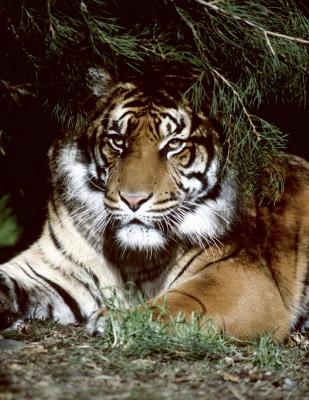 What Are People Doing to Help Endangered Animals?
What Are People Doing to Help Endangered Anima
What Are People Doing to Help Endangered Animals?
What Are People Doing to Help Endangered Anima
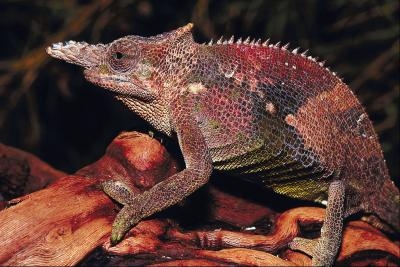 Fun Facts on the Life Cycle of the Chameleon
Fun Facts on the Life Cycle of the Chameleon
Fun Facts on the Life Cycle of the Chameleon
Fun Facts on the Life Cycle of the Chameleon
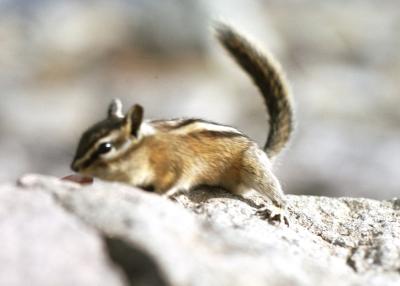 Why Chipmunks Make Bad Pets
Why Chipmunks Make Bad Pets
Why Chipmu
Why Chipmunks Make Bad Pets
Why Chipmunks Make Bad Pets
Why Chipmu
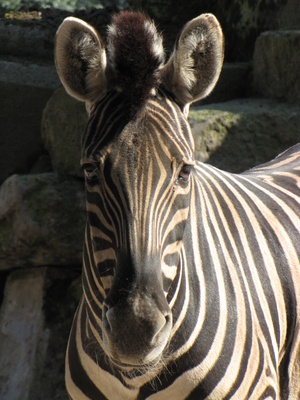 Exotic Pet Laws in Ohio
Exotic Pet Laws in Ohio
Exotic Pet Law
Exotic Pet Laws in Ohio
Exotic Pet Laws in Ohio
Exotic Pet Law
 How to Care for a Baby 13-Lined Ground Squirrel
How to Care for a Baby 13-Lined Ground Squirre
How to Care for a Baby 13-Lined Ground Squirrel
How to Care for a Baby 13-Lined Ground Squirre
Copyright © 2005-2016 Pet Information All Rights Reserved
Contact us: www162date@outlook.com